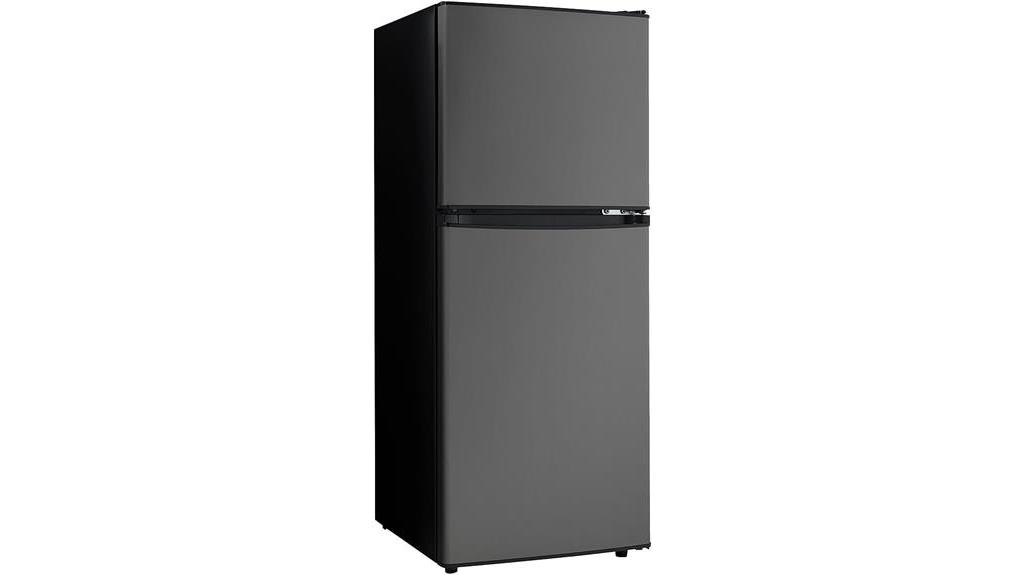After a long day, have you ever tried to relax and watch your favorite shows on Hulu, only to discover that your recordings have disappeared?
It's a frustrating experience that many of us have encountered, and there are several potential reasons behind it. From the intricacies of recording options to the limitations on how long recordings are available, there's a variety of factors that could be at play.
So, why did your Hulu recordings disappear? Let's explore the possible explanations and learn how to prevent this from happening again.
Key Takeaways
- Program availability and profile-related issues can lead to missing Hulu recordings.
- Upgrading internet plan, using a wired connection, and minimizing connected devices can improve streaming quality.
- Regularly updating device software and checking for sufficient storage can prevent recordings from disappearing.
- Third-party interference and changes in licensing agreements can affect the availability of recorded shows and movies on Hulu.
Understanding Hulu's Recording Limitations
Understanding Hulu's recording limitations includes factors such as program availability, automatic removal after 9 months, and potential profile-related issues, all of which can impact the accessibility and retention of recorded content.
Firstly, program availability is crucial for successful recordings. If a program hasn't aired on TV or is subject to hiatus, breaks between seasons, or delay in regular airings, it may not be recorded. Additionally, blackout or regional restrictions can affect the availability of sports events or specific episodes, leading to missed recordings.
Secondly, the automatic removal of recordings after 9 months is a significant limitation. This means that even if a program was successfully recorded, it will be automatically removed after this period, potentially leading to missing content.
Finally, profile-related issues can contribute to missing recordings. If a recording is on a different profile within the Hulu account, it may not be accessible to us. Furthermore, if someone else using the account accidentally deletes the recordings, it can also result in missing content.
Understanding these limitations can help us navigate potential issues and ensure that our recorded content is retained and accessible.
Internet Connectivity and Streaming Quality

Ensuring a stable and strong internet connection is essential for maintaining high-quality streaming and preventing the disappearance of recordings on Hulu. When it comes to internet connectivity and streaming quality, there are several key considerations to keep in mind:
- Improving Performance: To enhance streaming performance, consider upgrading your internet plan to a higher speed tier, using a wired connection instead of Wi-Fi, and minimizing the number of devices connected to the network while streaming.
- Troubleshooting Tips: If you experience poor streaming quality or recordings disappearing, try restarting your internet router, checking for any background downloads or uploads that may be consuming bandwidth, and ensuring that your device's software and Hulu app are up to date.
- Customer Support Assistance: If issues persist, don't hesitate to reach out to Hulu's customer support for assistance with internet connectivity and streaming problems. They can provide personalized troubleshooting guidance and help identify any potential issues on their end.
Device Compatibility and Software Updates
To ensure seamless access to Hulu recordings and prevent potential issues with disappearance, it's crucial to verify the compatibility of your device with the Hulu app and regularly update its software.
Device compatibility plays a significant role in the availability and functionality of Hulu recordings. Not all devices support the Hulu app or its features, so it's essential to ensure that your device is compatible.
Furthermore, staying current with software updates is equally important. Some devices may require specific software updates to maintain compatibility with Hulu's recording functionality. Regularly checking for and installing software updates on your device can help prevent issues with Hulu recordings disappearing.
In addition to software updates, understanding your device's data storage capacity is also vital. Insufficient storage space can lead to the disappearance of recordings. Troubleshooting steps for device compatibility and software issues can involve checking for the latest system updates, clearing cache and data, and ensuring that the device meets Hulu's minimum requirements.
If issues persist, seeking customer support assistance can provide further guidance on resolving compatibility and software update concerns. By staying informed about device compatibility and regularly updating software, you can effectively prevent future incidents of missing Hulu recordings.
Account Settings and Permissions

Managing user profiles and setting viewing restrictions within Account Settings and Permissions allows for greater control over access to and usage of your Hulu account. This feature enables customized access and viewing experiences for different users, ensuring privacy and data protection.
The following aspects highlight the importance and functionality of Account Settings and Permissions:
- Managing user preferences: You can create separate user profiles, each with its own personalized settings and viewing history. This allows for tailored viewing experiences for different members of your household or users of the account.
- Customizing access restrictions: With this feature, you can set viewing restrictions, enable parental controls, and define content restrictions based on individual user profiles. This ensures that each user has access to content appropriate for them.
- Privacy settings and data protection: Account Settings and Permissions also provide options for privacy settings and data protection, allowing you to monitor and manage the activity on your Hulu account. This feature ensures that your account remains secure and that you have control over the data shared within the account.
Third-Party Interference and Content Licensing

Amid the dynamic landscape of streaming platforms, third-party interference and content licensing play a pivotal role in shaping the availability and accessibility of recordings on services like Hulu. Content restrictions, digital rights, and content availability are all influenced by the intricate web of agreements between Hulu and third-party providers. Changes in licensing agreements can result in the sudden disappearance of previously recorded content from Hulu's library, leaving viewers puzzled and frustrated.
| Factors Influencing Content Availability | Impact |
|---|---|
| Third-party Interference | Certain content may be revoked or limited by providers, affecting availability. |
| Licensing Agreements | Changes in agreements can lead to the removal of recorded shows and movies. |
Understanding the complexities of content licensing is crucial for users to comprehend the transient nature of their recordings on Hulu. As digital rights and content availability are subject to the terms set forth by third-party providers, unexpected alterations can occur without prior notice. This underlines the importance of staying informed about the intricacies of licensing agreements and the potential impact on the availability of recorded content.
Frequently Asked Questions
Where Are My Hulu Recordings?
We understand the frustration of retrieving lost recordings on Hulu. Troubleshooting Hulu recordings can involve checking 'My Stuff' and ensuring recording options are selected.
It's important to understand storage limitations and the possibility of recordings being automatically removed after 9 months. Other factors to consider include different user profiles and regional restrictions.
Additionally, ensure a stable internet connection, clear browser cache, and update the Hulu app for optimal performance.
Why Did My Stuff Disappear in Hulu?
In Hulu troubleshooting, playback issues may occur due to streaming devices or app settings. When 'My Stuff' disappears in Hulu, it can be caused by updates or profile changes. Clearing cache and updating the app resolve most issues.
Hulu's support options like live chat or community forums provide assistance. For mastery in managing Hulu recordings, understanding these troubleshooting steps is crucial.
Why Did My DVR Recordings Disappear?
Troubleshooting steps for vanished DVR recordings include:
- Confirming data storage limits
- Checking the user interface for potential issues
It's essential to:
- Review system settings
- Ensure recordings are added to My Stuff
- Monitor for any changes to recording options
Additionally, examining the device's storage capacity and updating the app may resolve the problem.
Understanding these factors aids in preventing missing Hulu recordings and maintaining a seamless viewing experience.
How Do I Get My DVR Recordings Back?
Recovery options for getting back DVR recordings include:
- Checking the My Stuff section
- Examining recording settings
- Verifying different profiles
Troubleshooting steps entail:
- Looking for potential accidental deletions
- Considering changes in show scheduling
Customer support assistance is available for further investigation.
Like a detective, we'll explore all possibilities and take necessary steps to retrieve the recordings.
Conclusion
In conclusion, understanding the limitations and factors that can cause Hulu recordings to disappear is important for a seamless streaming experience.
For example, a user who regularly records TV shows on their Hulu account may find that their recordings have disappeared after 9 months, due to Hulu's automatic expiration policy.
Being aware of these factors can help users better manage their recordings and prevent unexpected disappearances in the future.










